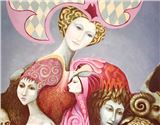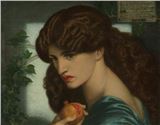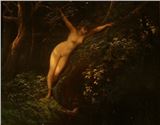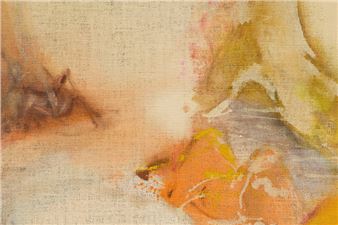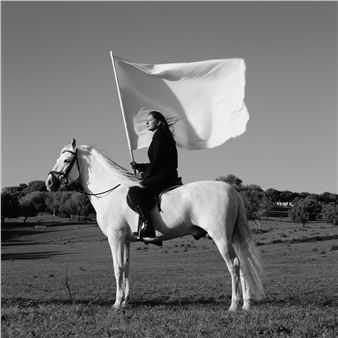Always, Always, Others: Non-Classical Forays into Modernism
Parallel to and in conjunction with Müller’s solo show, the artist and curator Manuela Ammer present a new selection of works of classical modernism from the mumok collection, which proves to be more diverse than past presentations have suggested. Alongside frequently shown positions such as André Derain, Oskar Kokoschka, and František Kupka, this new selection also includes works by the Hungarian artist Béla Kádár, who combined abstraction with folklore idioms, by French artist André Beaudin, whose depictions of animals challenged the formulaic nature of cubism, and by the Viennese artists Mathilde Flögl and Friedl Dicker, who aimed at shaping social and political realities through their work in the applied arts. Classical modernism mumok-style is polyvocal.
To make this wide range of voices heard, the curators are staging a dialog with another rarely shown part of the collection—the eclectic 1970s, whose alternative images of bodies and concepts of identity make classical modernism suddenly look remarkably “unclassical” and astonishingly contemporary.

Recommended for you
Parallel to and in conjunction with Müller’s solo show, the artist and curator Manuela Ammer present a new selection of works of classical modernism from the mumok collection, which proves to be more diverse than past presentations have suggested. Alongside frequently shown positions such as André Derain, Oskar Kokoschka, and František Kupka, this new selection also includes works by the Hungarian artist Béla Kádár, who combined abstraction with folklore idioms, by French artist André Beaudin, whose depictions of animals challenged the formulaic nature of cubism, and by the Viennese artists Mathilde Flögl and Friedl Dicker, who aimed at shaping social and political realities through their work in the applied arts. Classical modernism mumok-style is polyvocal.
To make this wide range of voices heard, the curators are staging a dialog with another rarely shown part of the collection—the eclectic 1970s, whose alternative images of bodies and concepts of identity make classical modernism suddenly look remarkably “unclassical” and astonishingly contemporary.

 ARTISTS
ARTISTS

